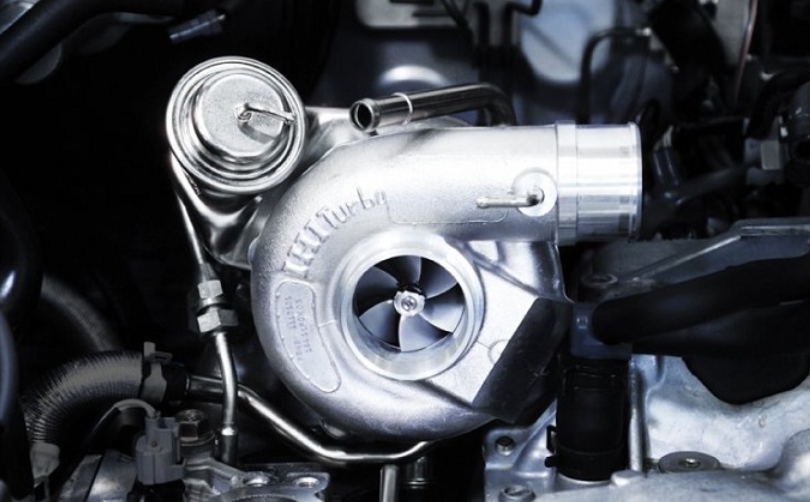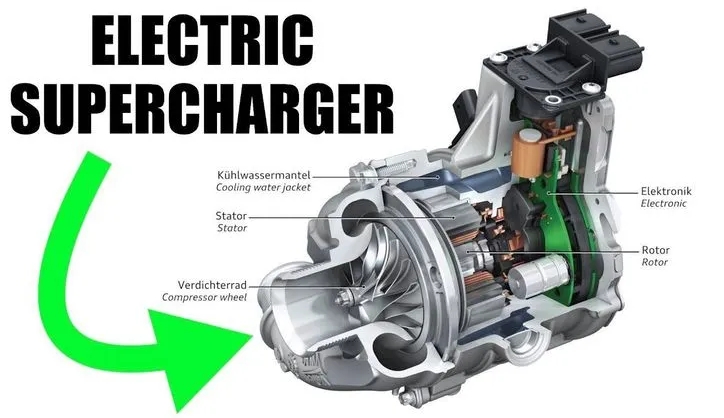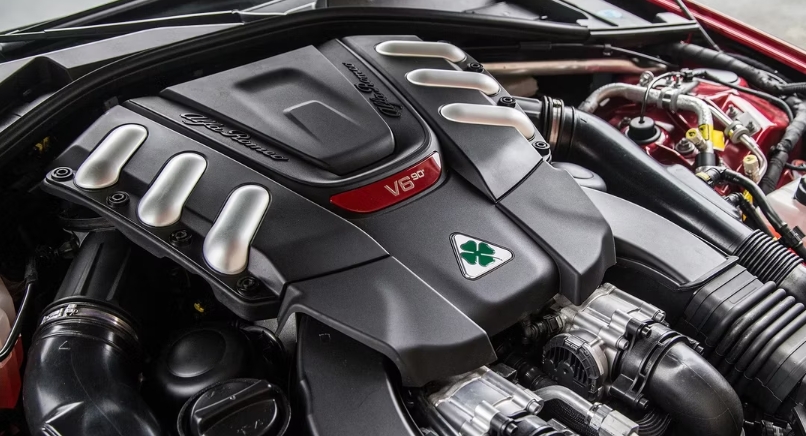
November 3, 2022November 3, 2022 0 Comments
5 advantages of turbo engines that will make you forget about the “aspirated”
The dispute between fans of atmospheric engines and supporters of inflatable units seems to be eternal. Each “opposing” side brings its own arguments. And some of them are connected with the coming crisis. We have compiled a list of priorities, therefore, we propose to discuss five advantages that high-tech supercharged engines provide.
- An engine with a pressurization system receives air compressed by a compressor under pressure at the inlet to the cylinders. Therefore, more air will enter each cylinder than that of the “aspirated”. And the more air, the more oxygen. This means that more fuel will burn, that is, the power will be higher. That’s the first advantage of a supercharged motor – more power. Supercharging can increase it by 20-90%. It all depends on the degree of forcing and the tasks posed to the engineers.
- And where there is power, there is torque. In a supercharged engine, it is more stable. We already wrote above that in such an engine, the turbine is engaged in filling the cylinders, and the electronics controls the turbine. That is, it becomes possible to supply the necessary amount of air for efficient combustion of the mixture, and also to make sure that the motor units can withstand all loads. As a result, the well-known “shelf” of the moment appears. Such characteristics allow the motor to accelerate the car faster, which increases driving pleasure.
- The third plus is that supercharged engines are not only more powerful, but also more economical. This is because the engine is more compact, that is, lighter, and it also pulls superbly from the bottom. That is, at low speeds, it has more modest energy losses and higher efficiency than the “aspirated”.
- Move on. It is known that all motors become clogged with soot over time, so they need to be “fried” periodically. That is, to move, for example, on the highway, for 30 minutes at high speeds. This is especially true for atmospherics. But this applies to the “turbo” to a lesser extent. The motor is already sufficiently loaded, the combustion processes are faster, therefore the degree of pollution is much less. And since the engine is cleaner, then there is no need to spend money on various additives, which have now also risen in price.
- Let’s talk about reliability, which is very important in a crisis. There’s a lot of controversy here. Many are afraid of turbo engines, because the resource of pressurization systems is small. Usually this is 120,000 – 180,000 km, after which the turbine must be changed or repaired. However, now a mileage of 100,000 km is already considered decent. To this figure on the odometer, many parts of the chassis require replacement, and rust appears on the body. Therefore, the owners are in a hurry to get rid of such a machine. That is, it turns out that the turbine may never require attention, so the fears are exaggerated. And if the engine has a mechanical drive supercharger, then it is generally very difficult to break it. Unfortunately, this design is used less and less, but this is already marketing, which is not related to technology.



